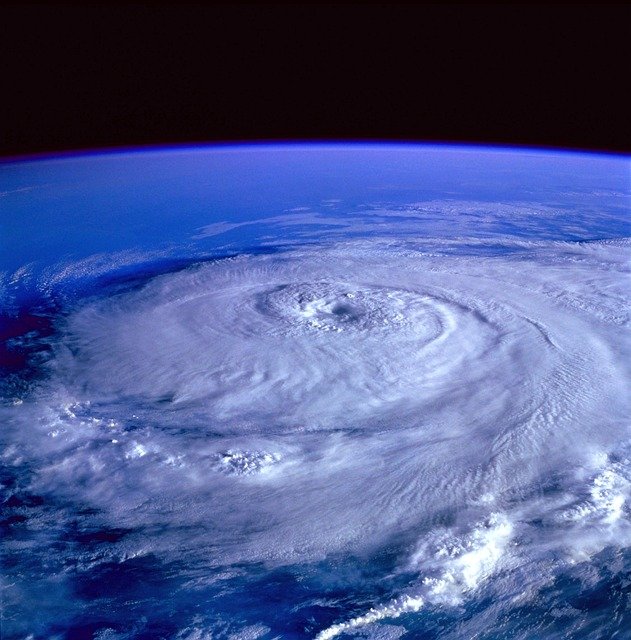Legal Implications of Geoengineering: A Global Perspective
Introduction: As climate change continues to pose unprecedented challenges, geoengineering emerges as a controversial solution. This article delves into the complex legal landscape surrounding geoengineering technologies, exploring international regulations, potential liabilities, and the urgent need for a comprehensive legal framework to govern these climate interventions.

Current Legal Landscape
The legal framework governing geoengineering is currently fragmented and inadequate. No comprehensive international treaty specifically addresses geoengineering activities. Instead, existing environmental agreements, such as the United Nations Framework Convention on Climate Change (UNFCCC) and the Convention on Biological Diversity (CBD), offer limited guidance. The CBD, for instance, adopted a non-binding moratorium on geoengineering activities in 2010, highlighting the need for precaution and further research.
Challenges in Regulation
Regulating geoengineering presents unique challenges due to its global nature and potential transboundary effects. One key issue is the lack of consensus on which international body should oversee geoengineering activities. Some argue that the UNFCCC is the appropriate forum, while others suggest creating a new specialized agency. Additionally, the diverse range of geoengineering technologies complicates efforts to develop a one-size-fits-all regulatory approach.
Liability and Compensation
As geoengineering moves from theory to potential practice, questions of liability and compensation become increasingly important. If a geoengineering experiment causes unintended harm, such as altering regional weather patterns or damaging ecosystems, who would be held responsible? Existing international law principles, like the polluter pays principle, may provide some guidance. However, establishing causation and quantifying damages in the context of global-scale interventions poses significant legal challenges.
National vs. International Governance
The tension between national sovereignty and the need for international cooperation further complicates geoengineering governance. While some countries may view geoengineering as a matter of national security or economic interest, the global nature of climate change necessitates a coordinated international approach. Balancing these competing interests will be crucial in developing an effective legal framework.
Ethical and Equity Considerations
Any legal framework for geoengineering must address ethical and equity concerns. Developing countries, which are often most vulnerable to climate change impacts, may have limited input in geoengineering decisions made by more powerful nations. Legal mechanisms must ensure fair representation and decision-making processes. Additionally, the potential for geoengineering to be used as a substitute for emissions reduction raises moral hazard issues that need to be addressed in legal and policy discussions.
The Role of Soft Law and Voluntary Guidelines
In the absence of binding international treaties, soft law instruments and voluntary guidelines play a crucial role in shaping geoengineering governance. The Oxford Principles, developed by a group of academics, provide ethical guidelines for geoengineering research and deployment. Similarly, the Carnegie Climate Governance Initiative offers recommendations for responsible geoengineering governance. These non-binding frameworks can inform the development of future legal instruments and foster international cooperation.
Towards a Comprehensive Legal Framework
As geoengineering research advances, the need for a comprehensive legal framework becomes increasingly urgent. Such a framework should address several key areas:
-
Research governance: Establishing protocols for responsible scientific research and experimentation.
-
Decision-making processes: Ensuring transparent and inclusive decision-making at both national and international levels.
-
Risk assessment and management: Developing robust mechanisms for evaluating and mitigating potential risks.
-
Liability and compensation: Creating clear rules for determining responsibility and providing redress for potential harms.
-
Monitoring and enforcement: Implementing effective systems for oversight and compliance with established regulations.
Conclusion
The legal implications of geoengineering present a complex and evolving challenge for the international community. As we grapple with the urgent need to address climate change, developing a robust and flexible legal framework for geoengineering is crucial. This framework must balance scientific innovation with precaution, national interests with global cooperation, and technological potential with ethical considerations. By addressing these legal challenges proactively, we can ensure that if geoengineering technologies are deployed, they are governed responsibly and in the best interests of all humanity.





